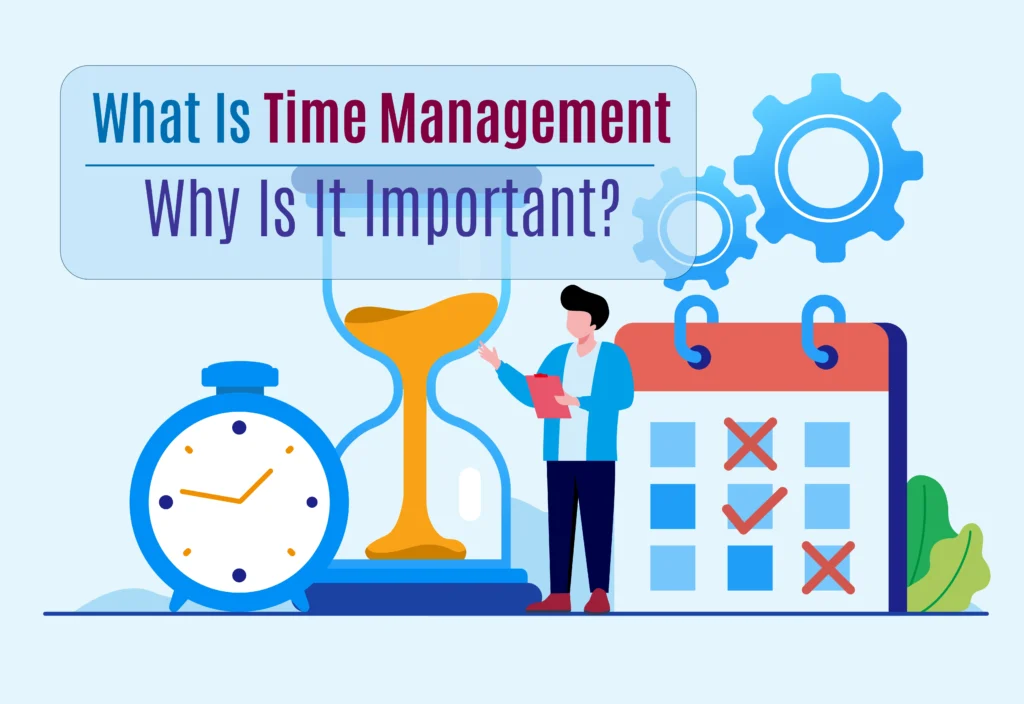How to Plan for Taxes in Retirement: 5 Key Strategies
Taxes don’t stop when you retire. In fact, without careful planning, taxes can take a bigger bite out of your retirement income than you expect. While it’s common to focus on building a solid retirement nest egg, failing to plan for taxes could erode your hard-earned savings. The good news is that by understanding how taxes apply to your various income sources and using smart tax strategies, you can minimize the impact on your retirement finances.
In this guide, we’ll explore five key strategies to help you plan for taxes in retirement, ensuring your money lasts longer and works harder for you.

Why Plan for Taxes in Retirement is Important?
Retirement tax planning is essential because many retirees are surprised to learn that their income is still subject to taxation. Depending on the source of your income—whether it’s Social Security, 401(k) or IRA withdrawals, pensions, or investment income—you could owe taxes at different rates. Planning ahead can prevent large tax bills that drain your retirement savings faster than anticipated.
The Impact of Taxes on Retirement Income
Understanding how your income is taxed in retirement helps you control your tax burden. For example, withdrawals from tax-deferred accounts like traditional IRAs and 401(k)s are taxed as regular income, while Roth IRA withdrawals are tax-free. Without careful planning, you might end up in a higher tax bracket, paying more taxes than necessary. Being proactive ensures that you have more control over your retirement finances.
Taxable vs. Tax-Advantaged Accounts
Taxable accounts (such as brokerage accounts) generate taxable income each year in the form of interest, dividends, and capital gains, while tax-advantaged accounts like IRAs and 401(k)s allow you to defer or avoid taxes until withdrawals. By understanding the difference, you can structure your withdrawals to minimize taxes.
Avoiding Tax Surprises in Retirement
Failing to plan for taxes can lead to surprises, such as being pushed into a higher tax bracket because of required minimum distributions (RMDs) or the taxation of Social Security benefits. Tax planning helps you anticipate these costs and adjust your strategy accordingly to keep your tax bill manageable.
Strategy 1: Understanding How Retirement Income is Taxed
One of the most important steps in tax planning for retirement is understanding how various sources of retirement income are taxed. By knowing how each income stream is treated, you can make informed decisions to minimize taxes.
How Social Security Benefits are Taxed
While Social Security benefits are a vital source of income for many retirees, they are not always tax-free. Whether your benefits are taxed depends on your provisional income—which includes your adjusted gross income (AGI), non-taxable interest, and 50% of your Social Security benefits.
Provisional Income and Taxation
If your provisional income exceeds certain thresholds, up to 85% of your Social Security benefits could be subject to federal income tax. For individual filers, benefits start being taxed if your provisional income is over $25,000. For married couples filing jointly, the threshold is $32,000.
Avoiding or Minimizing Taxes on Social Security
To reduce or avoid taxes on Social Security, consider withdrawing income from Roth IRAs or taxable accounts, which won’t count toward your provisional income. By managing your other income streams strategically, you may be able to keep your taxable Social Security benefits to a minimum.
Taxes on 401(k) and IRA Withdrawals
Distributions from tax-deferred retirement accounts like Traditional IRAs and 401(k)s are taxed as ordinary income. The amount you withdraw is added to your income for that year, which can increase your overall tax bill.
Required Minimum Distributions (RMDs)
Starting at age 73, the IRS requires you to begin taking RMDs from your tax-deferred accounts. These withdrawals are mandatory, and failure to take them results in a hefty 50% penalty on the amount you were supposed to withdraw. RMDs can push you into a higher tax bracket if not managed carefully, which is why early planning is essential.
Taxes on Pension Income
If you’re receiving pension income, it’s typically taxed as ordinary income at your federal income tax rate. However, some states don’t tax pension income, so be sure to check your state’s rules. Managing the timing and size of your pension withdrawals can help control your taxable income.
Taxation of Investment Income in Retirement
Investment income from taxable accounts is subject to capital gains tax and taxes on interest and dividends. Long-term capital gains (for assets held more than a year) are generally taxed at a lower rate than short-term gains and regular income.
Interest, Dividends, and Capital Gains
Interest from bonds or savings accounts is taxed as ordinary income, while qualified dividends and long-term capital gains benefit from lower tax rates. Properly managing your investment portfolio and timing your asset sales can reduce the tax burden on your investment income in retirement.
Strategy 2: Managing Required Minimum Distributions (RMDs)
RMDs can create a significant tax burden if not planned for. Fortunately, there are strategies you can use to minimize the tax impact of these mandatory withdrawals.
When RMDs Start and How They Are Calculated
RMDs start at age 73 and are calculated based on your account balances and life expectancy. Each year, the IRS requires you to withdraw a specific amount from your tax-deferred retirement accounts. The higher your account balance, the larger your RMD will be, and the more income tax you’ll owe.
Strategies for Reducing the Impact of RMDs
Start Withdrawals Early
One way to reduce the impact of large RMDs later is to start making withdrawals from your traditional 401(k) or IRA earlier, even if you don’t need the income. By withdrawing smaller amounts earlier, you can spread the tax liability over a longer period and potentially stay in a lower tax bracket.
Roth Conversions to Reduce Future RMDs
Another effective strategy is converting some of your traditional IRA or 401(k) assets to a Roth IRA. Since Roth IRAs are not subject to RMDs, converting to a Roth account reduces the size of your future RMDs. Keep in mind that you’ll pay taxes on the converted amount in the year of conversion, so it’s best to do this during lower-income years.
Qualified Charitable Distributions (QCDs)
If you’re charitably inclined, you can satisfy your RMD by making a Qualified Charitable Distribution. QCDs allow you to donate up to $100,000 per year directly from your IRA to a qualified charity. The amount donated counts toward your RMD but is excluded from your taxable income.
Strategy 3: Consider Roth Conversions for Tax-Free Withdrawals
Converting tax-deferred accounts into a Roth IRA can provide significant tax advantages in retirement. Roth IRAs offer tax-free growth and withdrawals, making them a valuable tool for reducing taxes later in life.
The Benefits of a Roth Conversion
Tax-Free Growth and Withdrawals in Retirement
Once your money is in a Roth IRA, it grows tax-free, and you can make tax-free withdrawals in retirement. This means you won’t owe any income tax on your Roth IRA withdrawals, which can be especially beneficial if you expect to be in a higher tax bracket later in retirement.
No RMDs for Roth Accounts
One of the major advantages of Roth IRAs is that they are not subject to RMDs. This gives you greater flexibility in deciding when and how much to withdraw, helping you manage your taxable income more effectively.
When and How to Execute a Roth Conversion
Timing Roth Conversions During Low-Income Years
A good time to consider a Roth conversion is during a lower-income year—such as after you retire but before RMDs start. During this time, you may be in a lower tax bracket, making it less expensive to pay the taxes on the conversion.
Pay Taxes on Conversions with Non-Retirement Funds
To get the most out of a Roth conversion, try to pay the taxes due on the conversion using funds from outside your retirement accounts. This preserves the full value of your retirement assets and allows them to continue growing tax-free within the Roth IRA.
Strategy 4: Optimize Your Withdrawal Strategy
A well-planned withdrawal strategy is essential for minimizing taxes in retirement. By structuring your withdrawals carefully, you can spread out your tax liability and avoid large tax bills.
Withdraw from Taxable Accounts First
Lower Capital Gains and Dividends Taxes
A common strategy is to withdraw from taxable accounts first, which allows you to take advantage of the lower capital gains tax rate. Since long-term capital gains are taxed at a lower rate than ordinary income, withdrawing from taxable accounts early in retirement can help you minimize taxes while letting tax-advantaged accounts grow.
Withdraw from Tax-Deferred Accounts Second
Manage 401(k) and IRA Withdrawals for Tax Efficiency
After using up your taxable accounts, turn to your tax-deferred accounts like Traditional IRAs and 401(k)s. By spreading out withdrawals from these accounts over several years, you can avoid large tax bills that might push you into a higher tax bracket.
Roth Accounts Last for Tax-Free Withdrawals
Let Roth Accounts Grow Tax-Free
Roth accounts should be left for last since they grow tax-free, and withdrawals won’t increase your taxable income. This strategy allows your Roth accounts to maximize their growth potential while minimizing taxes on your other income sources.
≫ Learn More: 401(k) vs IRA: Which Retirement Plan Is Better?
Strategy 5: Plan for Healthcare Costs and Long-Term Care
Healthcare expenses can be a significant cost in retirement, but there are tax-efficient ways to manage these expenses and minimize their impact on your finances.
Using Health Savings Accounts (HSAs) in Retirement
Triple Tax Benefits of HSAs
Health Savings Accounts (HSAs) offer triple tax benefits: contributions are tax-deductible, the money grows tax-free, and withdrawals for qualified medical expenses are also tax-free. HSAs are a valuable tool for covering healthcare costs in retirement without adding to your tax burden.
Using HSAs for Long-Term Care and Medicare Premiums
HSA funds can be used to cover a wide range of healthcare expenses in retirement, including long-term care insurance premiums, Medicare Part B premiums, and out-of-pocket medical costs. This allows you to pay for essential healthcare services without dipping into your taxable income.
Deducting Medical Expenses and Long-Term Care Costs
Itemizing Medical Deductions
If your medical expenses exceed 7.5% of your adjusted gross income, you can itemize and deduct them on your tax return. This can be a helpful strategy for reducing taxable income in years when medical expenses are especially high.
Long-Term Care Insurance and Tax Benefits
Long-term care insurance premiums are often tax-deductible, and the benefits paid out for qualified long-term care expenses are generally tax-free. Having long-term care insurance not only protects your retirement savings from being depleted by healthcare costs but can also provide tax benefits.
Conclusion: Smart Tax Strategies for a Secure Retirement
Planning for taxes in retirement is crucial for preserving your savings and ensuring financial stability. By understanding how retirement income is taxed, managing RMDs, using Roth conversions, optimizing withdrawal strategies, and planning for healthcare costs, you can minimize your tax burden and stretch your retirement income further. To make the most of these strategies, consult with a tax professional who can tailor a plan to your specific financial situation.
















